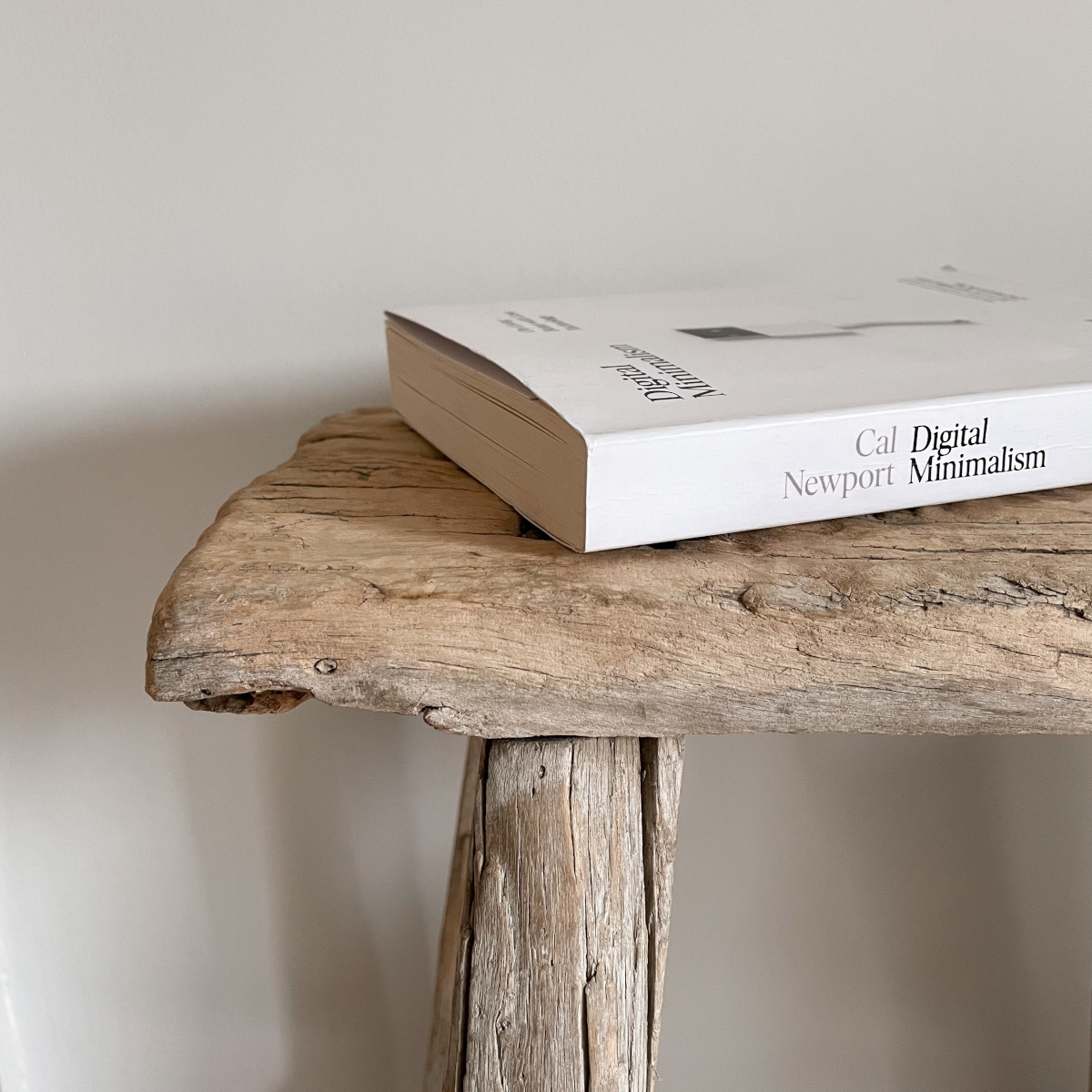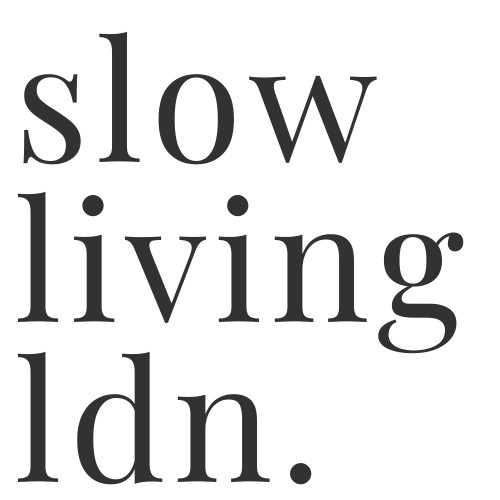You have no items in your cart. Want to get some nice things?
Go shopping
Dubbed the Marie Kondo of our digital lives, professor and author Cal Newport believes that, while no one app is to blame, the addictive nature of our devices is damaging our quality of life and sense of autonomy. His solution? To strip back the digital clutter. By applying ‘digital minimalism’ and reducing digital interactions to only those that support what you deeply value, we ensure technology is serving us, rather than distracting us from what matters most us.
Below, we explore the principles of digital minimalism, as set out in Newport’s popular book of the same name, and draw parallels with slow living.
What is Digital Minimalism?
Digital minimalism is a personal philosophy of technology use which enables individuals to be highly selective and intentional in which technologies they engage with. The purpose of digital minimalism is to use technology in a way that supports what we value most and ignore entire technologies or parts of them which do not serve this.
Newport explains, “Digital minimalists see new technologies as tools to be used to support things they deeply value – not as sources of value them selves.” He continues that digital minimalists reject that “offering some small benefit is justification for allowing an attention-gobbling service into their lives, and are instead interested in applying new technology in highly selective and intentional ways that yield big wins.”
Much like Kondo, Newport’s ethos isn’t the restrictive idea of minimalism that many hold as a preconception. It’s about focusing on what brings you the most value and determining how tech can enhance what’s important to you. While he’s not a social media user, it’s necessary to note that Newport isn’t anti-tech, either. He clarifies, “digital minimalism definitively does not reject the innovations of the internet age, but instead rejects the way so many people currently engage with these tools”.
“Digital minimalism definitively does not reject the innovations of the internet age, but instead rejects the way so many people currently engage with these tools”.
Cal Newport
Digital Minimalism vs Digital Detox

Newport’s suggested journey to becoming a digital minimalist begins with a 30-day digital declutter. While digital detoxes, or breaks from technology, are important, they’re often occasional or short-term and frequently compromised by family or work needs. And while Newport does outline ideas and tools to help you maintain a sustainable digital minimalist lifestyle, it’s clear that he believes the longer 30-day digital declutter has to prelude this. Due to the addictive nature of our devices (some have likened them to miniature slot machines in our pockets which we ‘pull down to refresh’), Newport believes tackling habits one by one won’t work; the attention economy will draw us back in.
Slow tech, part of the wider slow living movement, also maintains that a digital detox or digital declutter is important to understand which habits aren’t serving your purpose or values. It also believes that we need to spend regular time offline to reflect on and step back from our fast-paced lifestyles. This circuit-break creates space for the mind to wander, fostering creativity and slow thinking, and allows time to reconnect with nature and our loved ones.
Digital Declutter: Take a 30-day Break from Non-Necessary Technologies
The first step towards digital minimalism is to remove ‘optional’ technology from your lifestyle for 30 days. What does optional really mean? Newport defines tech being optional unless “its temporary removal would harm or significantly disrupt the daily operation of your professional or personal life.” The digital declutter focuses on ‘new’ technologies, such as apps, websites and tools accessed via your phone or computer screen. Video games and streaming are often included, too.
Step 1: Create Tech “Operating Procedures”
Newport recognises that some technologies may be for the most part non-necessary, but there may occasions where their use is essential. In order to not fall back into unrestricted use, Newport recommends creating “operating procedures” or a clear set of rules around how and when you’ll engage with certain technologies. These parameters of use are essential to define before you begin your 30-day declutter.
Step 2: Discover High-Quality Analogue Activities
Newport admits the declutter or digital detox phase may be difficult at first. After all, our devices and apps are designed using many techniques borrowed from the gambling industry. Newport promises that powering through this discomfort will allow you to make clearer decisions around what tech should re-enter your lifestyle afterwards.
But the 30-day declutter isn’t just about unplugging, it’s about experimenting and discovering which activities support how you really want to live. Newport explains, “you must aggressively explore higher-quality activities to fill the time left vacant by the optional technologies you’re avoiding.”
Step 3: Reintroduce Optional Technologies that Pass Your “Strict Minimalist Standards”
At the end of the 30-day period, selectively reintroduce technology that helps serve your aspirations and what you deem important. Newport explains, “the goal of this final step is to start from a blank slate and only let back into your life technology that passes your strict minimalist standards.” Some participants which were involved in Newport’s mass decluttering experiment (detailed in his book), reintroduced all their optional technologies. Newport makes it very clear that he feels this is a mistake.
“The digital minimalist deploys technology to serve the things they find most important in their life, and is happy missing out on everything else.” Therefore, there are three useful questions Newport suggests asking before allowing an optional technology back into your life:
- Does the technology serve something you deeply value?
- Is the technology the best way to serve this value?
- Have you outlined operating procedures for how and when you will use this technology?
The popularity of both Newport and Kondo’s decluttering techniques highlight how many of us feel our lives have reached saturation point, whether that’s through constant communication and connection, or through constant consumption. If we were to really distill the concept, at its heart, digital minimalism is about quality of life. This greatly aligns to our ethos of living better, not faster and slowing down to place what’s important you at the heart of your lifestyle.
For more inspiration, head to our best slow living books guide or follow the Slow Living LDN. book club which features Cal Newport’s Slow Productivity.
